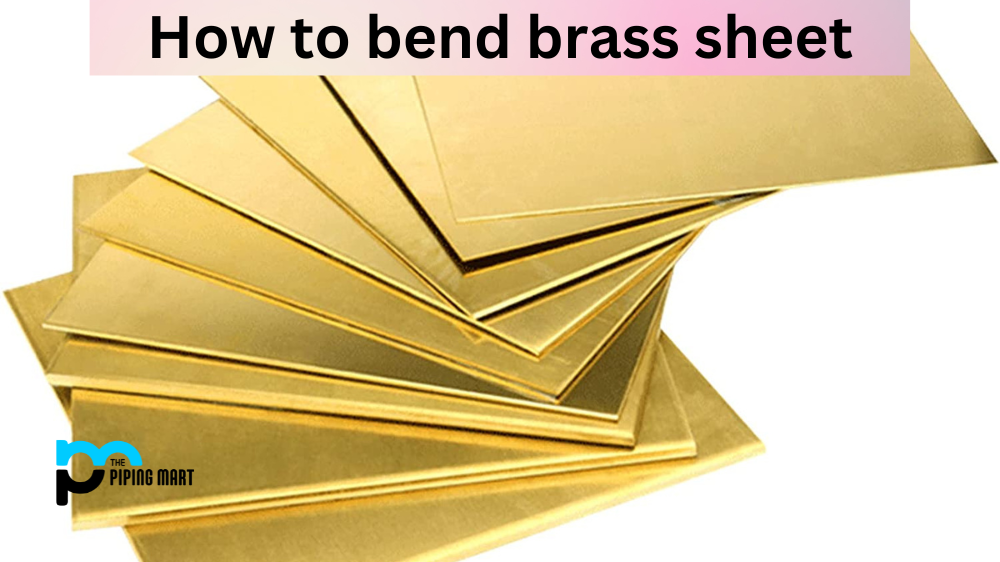Copper plating is a process of electroplating that involves depositing a thin layer of copper onto the surface of another metal. This technique is used for various applications, including corrosion protection, electrical conductivity, and aesthetics. It can be used on lead, brass, stainless steel, and other metals. In this article, we’ll take a look at the different materials and methods involved in copper plating.
Copper Plating Chemicals
The chemicals used to plate copper onto metals vary depending on the application. For example, sulfuric acid is often used for plating lead or brass, while nitric acid is useful for plating stainless steel. Vinegar may also be used in some cases to form a thin layer of copper on lead or brass alloys. However, vinegar should not be used alone as it does not create an even or aesthetically pleasing finish.
Copper Plating Equipment
In addition to the chemicals needed for copper plating, you’ll need specific equipment to complete the process as well. This includes an electrolyte bath (which consists of a container with an electrode connected to it submerged in a liquid) and an electrical current source such as a battery or generator. You will also need an object that you wish to plate (such as a lead part), insoluble support (such as plastic), and protective clothing like gloves and goggles for safety purposes.
Copper Plating with Vinegar
If you decide to use vinegar in your copper plating process, it’s important that you understand how it works before attempting it yourself. The basic process involves submerging the object you wish to plate into a container filled with vinegar mixed with salt for about 15 minutes until its surface is coated with copper oxide particles. Afterward, you will then connect your electrode to your electrical current source and dip it into the container so that electrical current passes through both objects — this causes the copper particles to adhere to your object’s surface, forming a thin layer of copper plated onto the object’s surface (lead or brass alloy).
Conclusion:
Copper plating is one of many popular techniques used today for corrosion protection and aesthetic appeal – but knowing which chemicals and equipment are necessary is key when attempting this type of work yourself! By using quality materials such as vinegar mixed with salt and understanding how this process works – along with taking proper safety precautions – you can successfully achieve desired results when completing your own copper plating projects at home or in a professional setting!

Meet Bhavesh, a seasoned blogger with a wealth of knowledge and experience. From metal products manufacturing to retail, Bhavesh has a diverse background in various industries and is dedicated to sharing his insights and expertise with readers.




